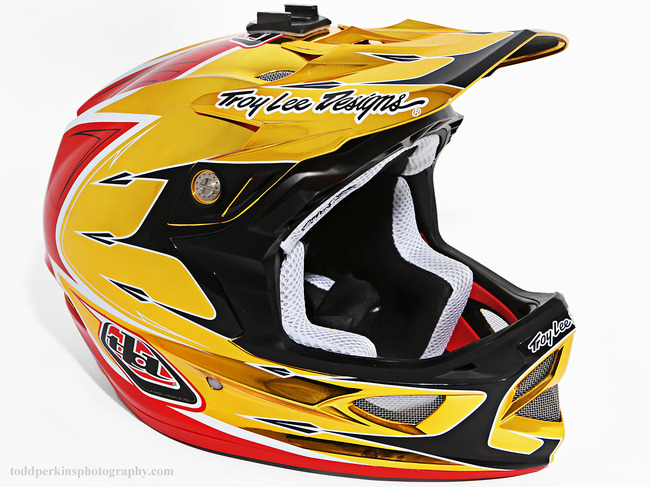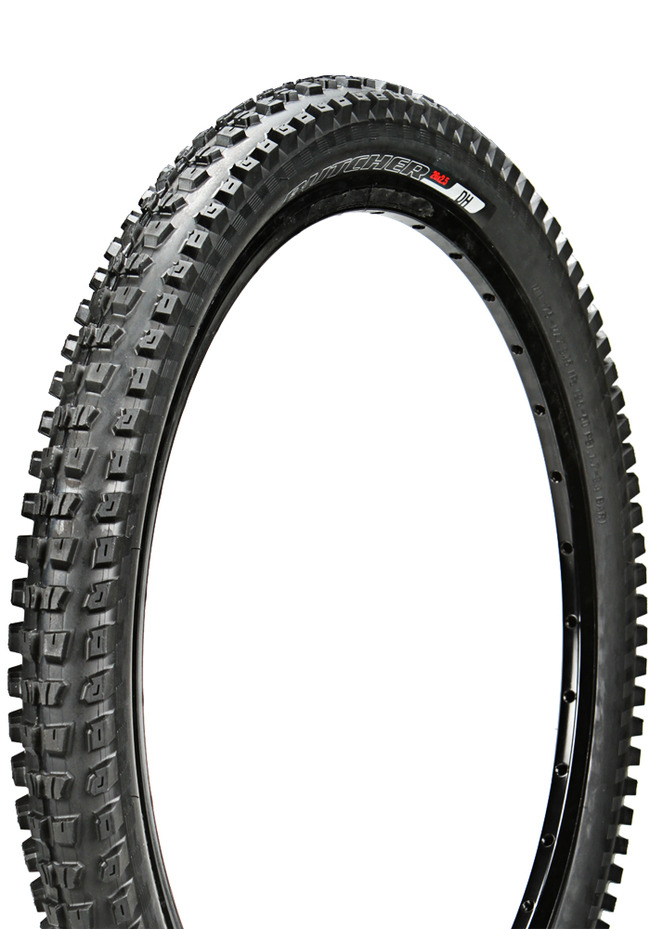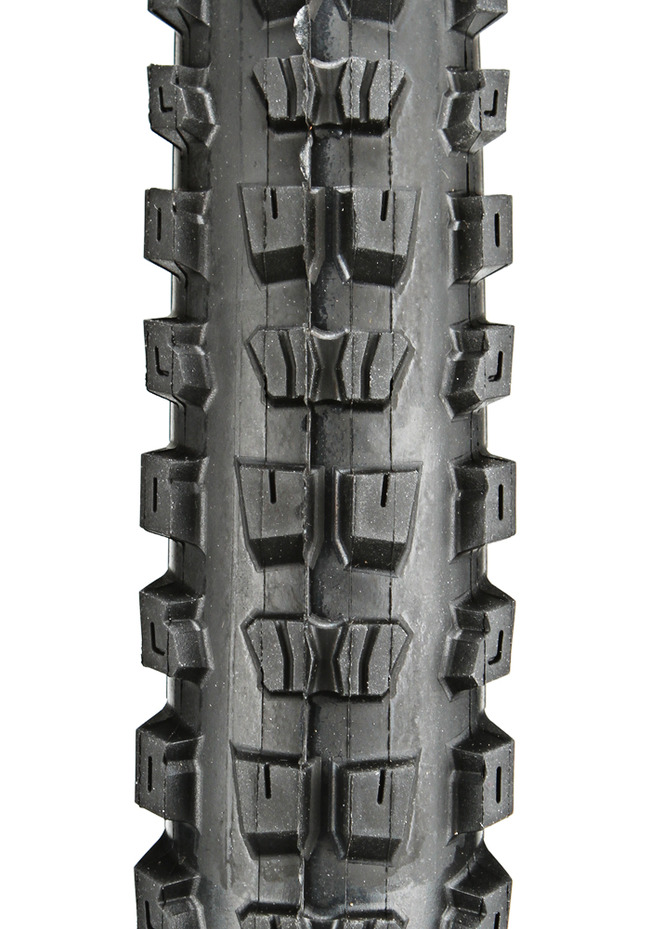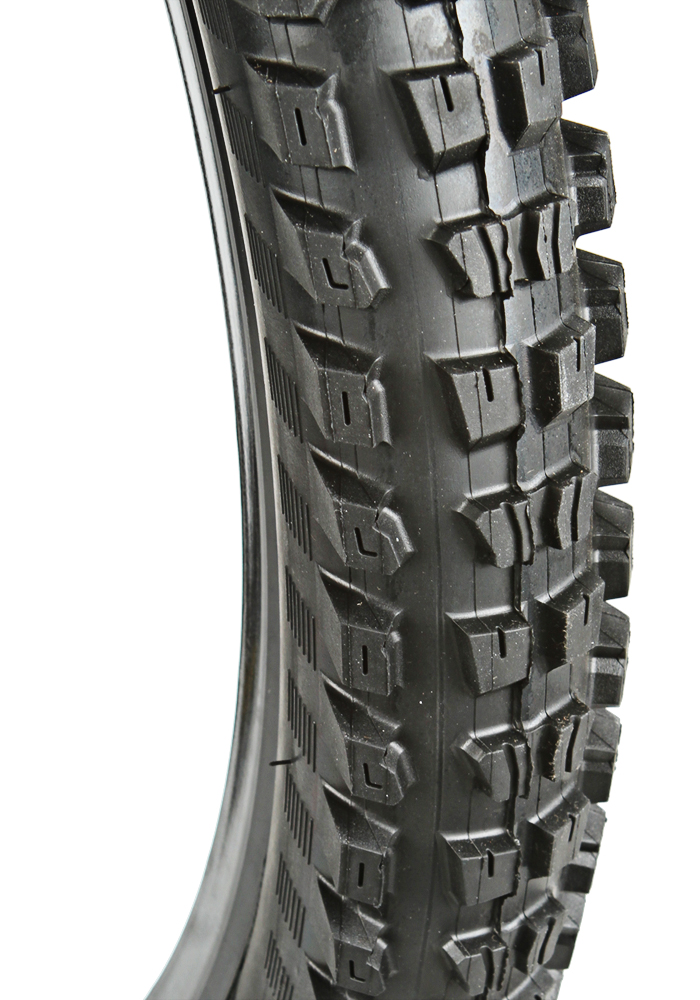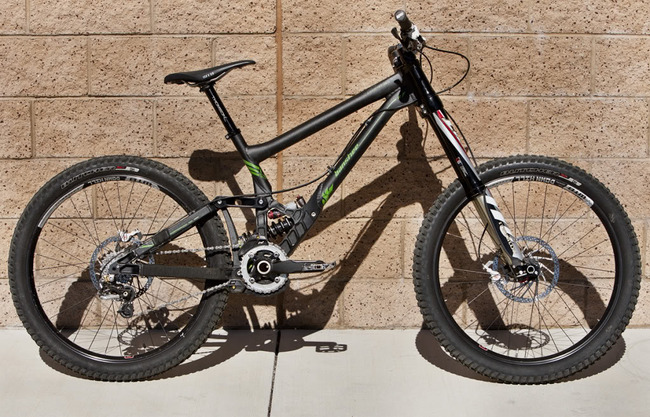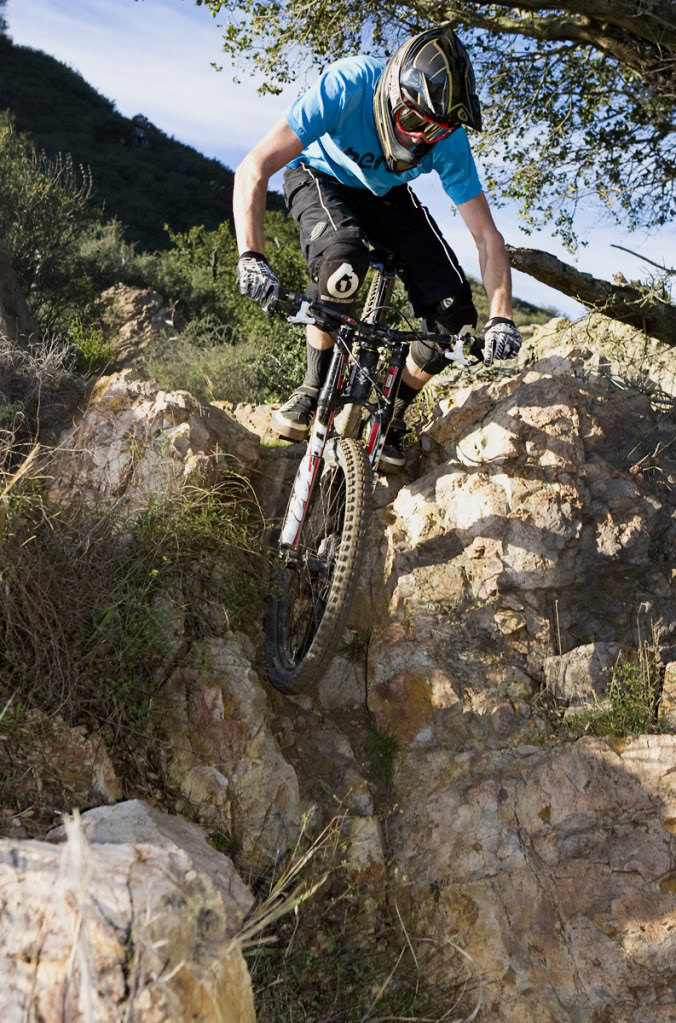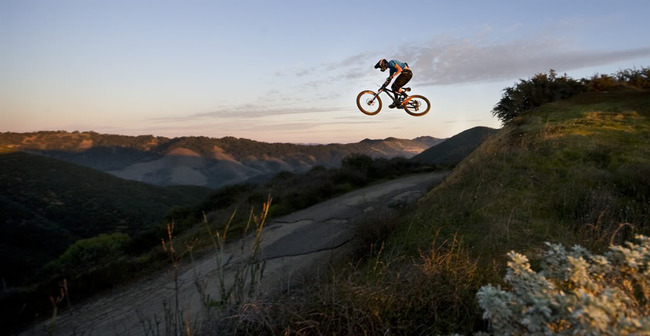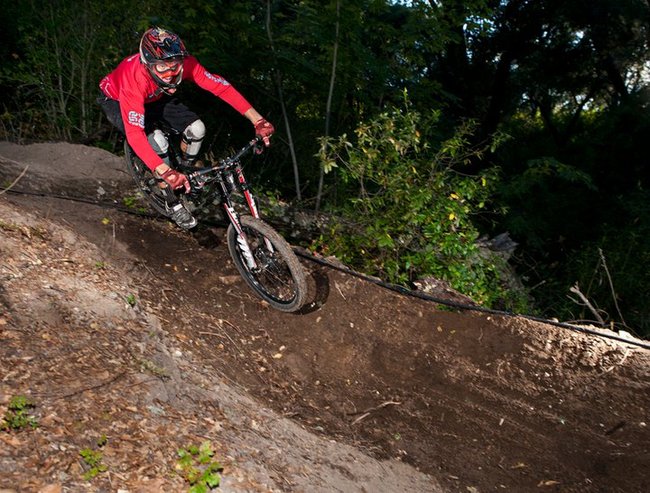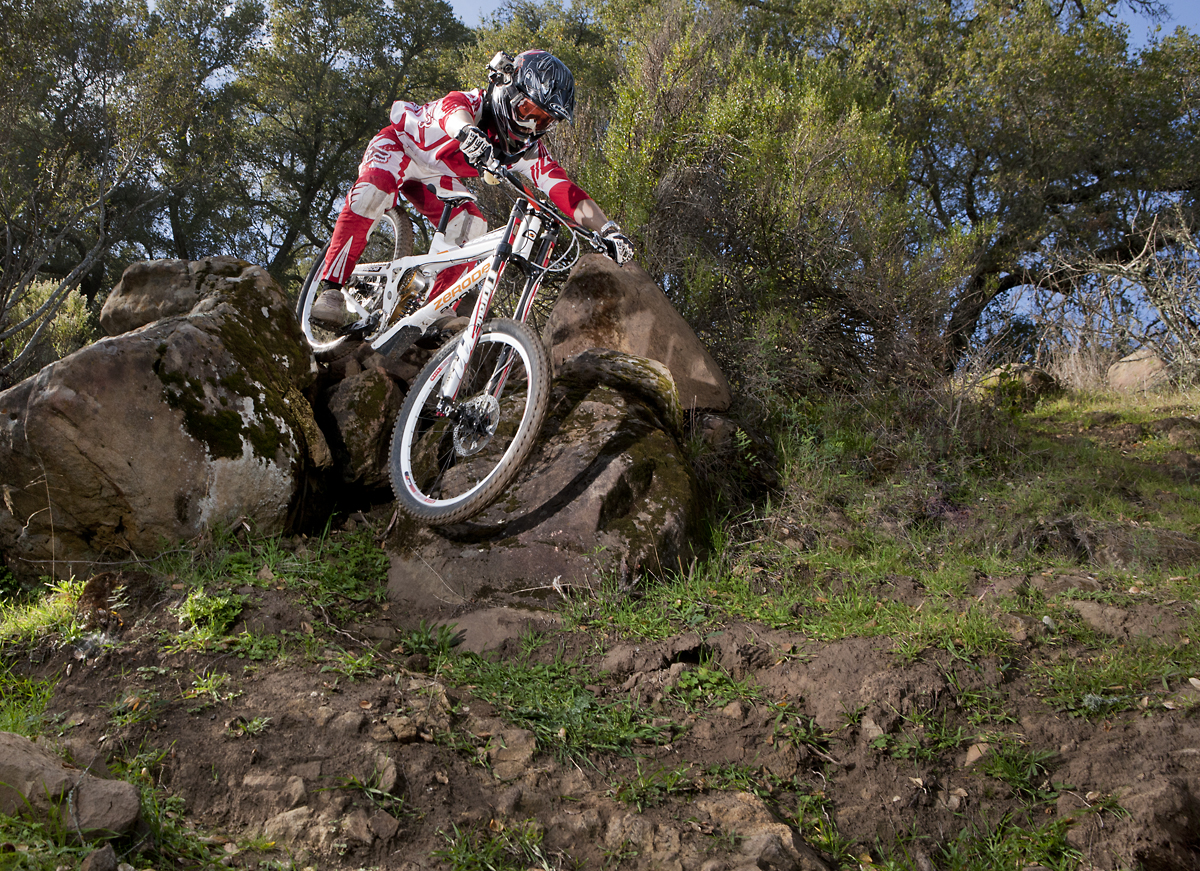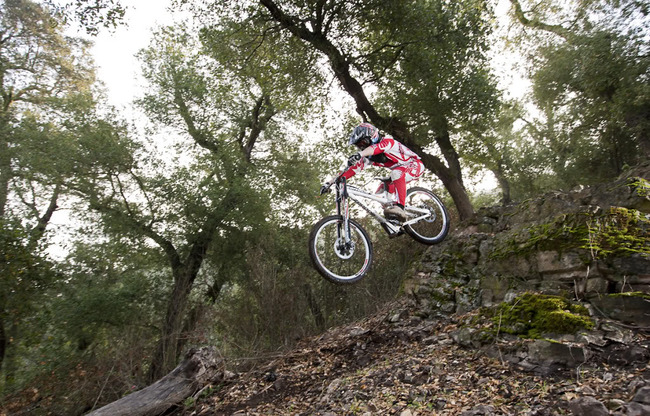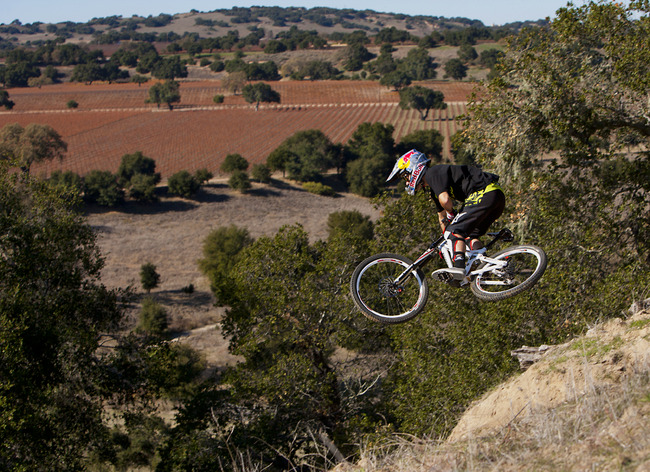2012 Troy Lee D3 Composite Review
 Monday, January 23, 2012 at 8:43PM
Monday, January 23, 2012 at 8:43PM  Permalink
Permalink The next generation of action sports protection, the brand new D3 Helmet is the pinnacle of style and safety. A technologically advanced Composite shell and titanium hardware gives the D3 a featherweight feel. 20 high-flow intake and exhaust ports, including a revolutionary injection-molded intake system, combine with new deeper EPS channeling to provide optimal ventilation.
Features
- Dual Density Shock Pad System™
- Removable, Washable MX-style padded liner
- Coolmax™ and Dri-Lex™ moisture-wicking materials
- Quick-release cheek pads for emergency helmet removal
- Purpose-built internal cavities for audio integration
- Full incremental sizing based on motorsports provides greater range of fitment
- Exceeds bicycle and snow safety certifications: CPSC 1203, CE EN1077, CE EN1078, ASTM F1952, ASTM F2032, ASTM F2040
"It's been over 10 years since Troy first introduced the D2, and during that time TLD has accumulated valuable feedback from racers and customers, and studied the latest technology to design this helmet. TLD spent the last 3 years refining the design and improving the features that make this helmet unique.
The biggest improvements over other helmets are increased safety, with a thicker, more protective EPS, increased airflow with 20 vents, improved fit and comfort, and the most obvious feature, the distinctive futuristic styling.
The D3's EPS gains several millimeters of thickness in critical parts of the helmet, which greatly improved the impact testing results. The D3 also boasts a Dual Density Shock Pad System, a unique shock absorption system developed by strategically adding EVA padding to channels within the EPS. This system helps absorb smaller impacts and also greatly improves the helmet's comfort.
Another key safety feature of the D3 is the Emergency Cheek Pad Removal System, which allows medical personnel to safely remove the helmet of an injured rider by sliding out the cheekpads using a convenient pull tab.
The shell incorporates uni-weave carbon fiber, along with Kevlar and fiberglass for superior strength and a lightweight feel. The helmet also utilizes Titanium hardware.
Riders with larger head sizes will be happy to learn that the D3 shell was designed with them in mind. TLD put a lot of emphasis on a comfortable fit, especially in the larger sizes, and really succeeded in this approach. The wider range of shell sizes means the D3 is available in true XL and XXL sizes, a significant improvement over the D2.
For the graphics, Troy collaborated with Sam Hill and Steve Peat for their signature models. The Flame model uses some classic TLD flames along with race-inspired stripes and other elements. There will also be a plain Carbon style offered in the future as a Limited Edition.
The D3 helmet also has a unique visor designed specifically to be lightweight and aerodynamic, and to enhance the improved ventilation. Each D3 helmet comes with an extra matching visor, a premium TLD helmet bag, and a 3-year limited warranty. The US retail price will be $450.
The D3 surpasses all current safety standards including ASTM, CPSC, and CE for bicycle and snow. CPSC 1203, CE EN1077, CE EN 1078, ASTM F1952, ASTM F2032, ASTM F2040."
I have been jumping back and forth between a Troy Lee D2 and their MX helmet the SE for about four years now. My D2 was in need of being replaced it was purchased about five years ago. The S2 is a really phenomenal helmet that provides maximum protection and comfort but it can get very warm on slower trails.
So I tried on a few helmets and finally decided that the D3 Composite fit the best for me so once again I bought another Troy Lee helmet. The new D3 is in between the D2 and SE as far as overall size. It is a little bigger and wider than the D2 but not as big as a full blown moto helmet. It's fit and finish are both top notch.
The helmet is very light weight and also offers more protection than the original D2 did. It fits more like a moto helmet offering thicker padding around the cheek bones and a heavy duty chin strap. Finding a size that fits should not be an issue they offer a wide range of sizes and the pads from different sized helmets can be used to make it a perfect fit.
Call me nostalgic for choosing the Palmer color scheme. They have a wide selection of designs to choose from with the D3 so that is another bonus. Overall the breathability of this helmet was phenominal. It surpasses the D2 easily and even at slow speeds air finds it way through the vents with ease to help keep your head cool.
Overall I would highly reccomend this helmet to anyone in search of a new downhill helmet. The D3 lives up to the hype of providing great fit, protction, weight and unsurpassed breathability. The helmet is on the pricey side but I have spent the same on 2-3 textbooks for college before so I would rather have the best protection I can get while out riding.
I would have no problem suggesting the Troy Lee D3 Composite to anyone of my friends that may be searching out a new helmet. If you really want to get something flashy take a look at the Troy Lee D3 Carbon helmet. It is a fair amount lighter for a fair amount more money.

 Bicycle,
Bicycle,  D3 Helmet,
D3 Helmet,  Downhill Mountain Bike,
Downhill Mountain Bike,  TLD D3 Helmet,
TLD D3 Helmet,  Troy Lee Designs |
Troy Lee Designs |





